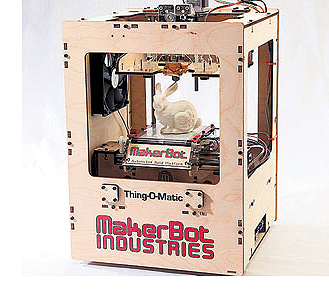The Clothing Printer is a wall-mounted appliance that turns old jumpers, threadbare socks and worn out T-shirts into new cycling tops of almost any description at the push of a button.
In the same way as one might use a paper shredder, old garments are fed into the top of the machine where they are broken down into thread. The thread is then re-woven into a downloaded design of your choice.
The clothing printer was an entry to competition run by Electrolux that asked designers to come up with a solution to deal with the effects of rapid urbanisation and the resulting challenges such as shortage of space. According to its creator, Joshua Harris, the Clothing Printer would reduce or eliminate the need for wardrobes, washing machines, and dryers, and allow instantaneous delivery of new clothing.
On his website, Harris describes the clothing printer as near-future technology: “The ability to create customized objects, such as 3D printing, is increasing in sophistication and marketability. People are becoming more and more aware and comfortable with the concept of printing objects for immediate use. The technology for a clothing printer exists but is not packaged in a form that would be suitable for consumer use. With the future potential of printing technology, an at-home clothing printer is a definite possibility. Our challenge was to define the experience.”
3D printing and cycling
 A machine capable of printing small bicycle components is now on sale. Reminiscent of the ‘replicator’ on Star Trek that is capable of instantly creating almost anything from scratch, the Thing-O-Matic 3-D printer builds up objects using layers of the same plastic used to manufacture Lego.
A machine capable of printing small bicycle components is now on sale. Reminiscent of the ‘replicator’ on Star Trek that is capable of instantly creating almost anything from scratch, the Thing-O-Matic 3-D printer builds up objects using layers of the same plastic used to manufacture Lego.
3-D printers are not new, but until now they have cost tens of thousands of pounds. The Thing-O-Matic is cheaper to buy because it made from off-the-shelf components and supplied as a kit, which claim its designers, is as easy to build as IKEA self-assembly furniture.
Other than the limitations of size (12.5×12.5×12.5cm) and material (ABS plastic, the Thing-O-Matic will print any object that can be designed on a computer.
What can cyclists make?
Cycling-related objects already manufactured by owners of the Thing-O-Matic include include relatively simple items such as iPhone mounting brackets, but it is expected that 3-D home printers will within five years become capable of producing every component required to manufacture the iPhone itself, with the exception of the microchip.
The website Thingiverse already hosts over 5,000 designs for objects that can be downloaded for free.

0 Comments View now